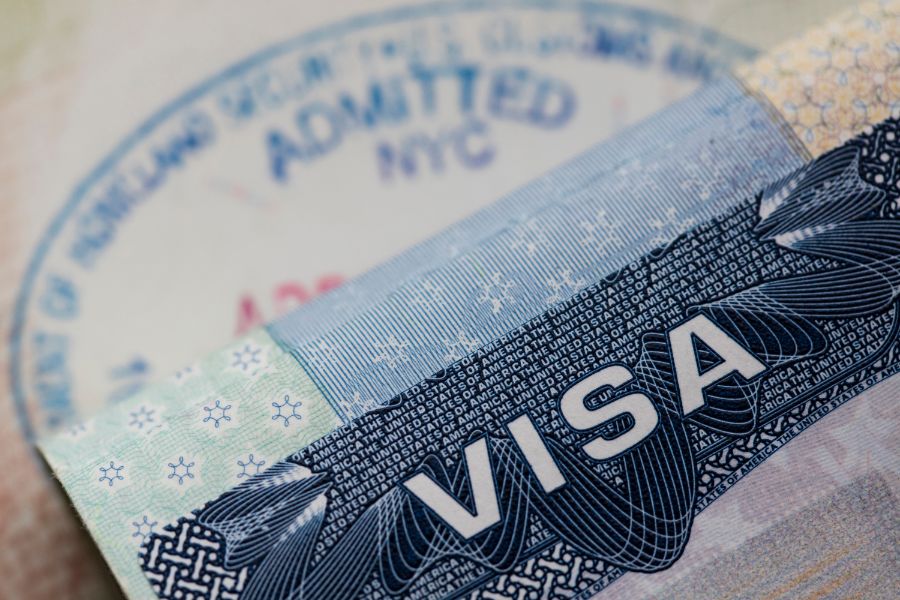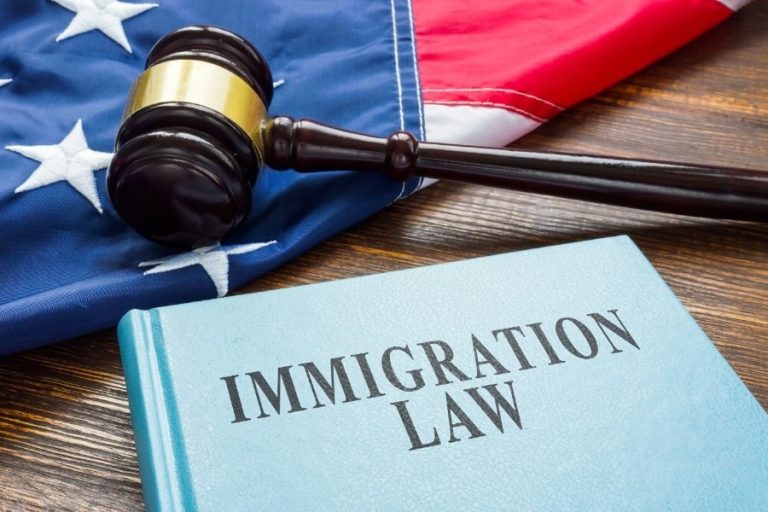Navigating Investor Immigration Laws in USA
The journey through the United States investor immigration laws is a path fraught with complexity yet rich with opportunity for the discerning investor. Stepping into this intricate terrain requires a nuanced understanding of the various visa requirements, particularly the E2 Treaty Investor Visa, and the strategic formulation of a business plan that not only meets regulatory expectations but also promises significant economic impact. As investors set off on this venture, the pivotal question arises: how can one guarantee their investment and efforts culminate in the successful acquisition of residency rights? This question underpins the critical examination of procedural nuances and legal strategies essential for navigating the investor immigration landscape in the U.S.
Understanding E2 Visa Requirements
Exploring the complexities of the E2 Visa requirements demands a precise understanding of the investment, overseeing, and nationality criteria essential for eligibility. This visa, a cornerstone of investor immigration laws in the USA, caters to nationals of treaty countries with a zeal for fostering economic ties through substantial investment in American enterprises. The crux of eligibility hinges on the substantiality of the investment, which, intriguingly, is not pegged to a specific dollar amount. Instead, it is evaluated on its capacity to guarantee the successful operation and development of the business, underscoring the necessity for investors to not only commit financially but also to actively treat and direct the enterprise.
The nationality requirement underscores the visa’s intent to bolster business relations between the U.S. and other countries, making it exclusive to nationals from these nations. This criterion, coupled with the mandate for active treatment, delineates a clear path for those wishing to navigate the intricacies of immigration through investment. For those seeking freedom through entrepreneurial ventures, understanding these requirements is pivotal. The E2 Visa not only offers an opportunity for economic engagement but also, through indefinite visa renewals based on enterprise success, a potential pathway to prolonged residency.

Crafting a Comprehensive Business Plan
Crafting a thorough business plan is a critical step for investors seeking to navigate the complexities of the EB-5 program and demonstrate their venture’s viability and potential contribution to the U.S. economy. A well-structured business plan not only elucidates investment goals but also outlines detailed job creation projections and financial forecasts, which are essential in meeting the stringent EB-5 program requirements. This document acts as a blueprint detailing the structure of the new commercial enterprise, the competency of the management team, and a detailed market analysis to showcase the venture’s potential for success.
Additionally, the business plan must include a robust explanation of how the investment directly contributes to economic growth through job creation, aligning with the core objectives of the EB-5 program. Financial projections should be meticulously prepared, providing a clear view of the expected revenue streams, while the sources of funds must be transparently documented to satisfy regulatory scrutiny. A detailed timeline for job creation, pivotal in the EB-5 investment criteria, is managed to demonstrate the investor’s commitment to not only achieving their investment goals but also bolstering the U.S. economy.
Job Creation and Economic Impact
The EB-5 Visa program mandates that immigrant investors must generate at least ten full-time jobs for U.S. workers, serving as a critical mechanism for bolstering local economies and facilitating economic diversification. This requirement not only guarantees direct job creation but also indirectly influences the broader economic landscape by attracting substantial foreign investments. Through the Regional Center Program, the EB-5 initiative further broadens its economic impact by allowing for indirect job creation in targeted areas, thereby stimulating growth in regions that most need economic revitalization.
Immigrant entrepreneurs, empowered by the EB-5 Visa program, become pivotal players in the local and national economic framework. Their investments drive the creation of new jobs and contribute to the economic diversification that is essential for sustainable development. The focus on job creation through the EB-5 program and the Regional Center Program underscores the U.S. immigration policy’s commitment to leveraging foreign investments for economic benefits. This strategic approach not only promotes market access but also fosters a conducive environment for entrepreneurial ventures, thereby enhancing the overall economic impact and ensuring a vibrant, diverse economic landscape.
Proving the Investment’s Legitimacy
Ensuring the integrity of the investment is paramount, necessitating that investors rigorously prove the legitimacy of their funds through thorough documentation and adherence to regulatory standards. The process of proving the legitimacy of investment funds is grounded in the principles of transparency and compliance, requiring a meticulous compilation of evidence that traces the lawful source of the capital invested. This evidence encompasses a range of financial documents, including but not limited to bank statements, income tax returns, and detailed business records. These documents serve a dual purpose: first, to demonstrate that the funds originate from legitimate activities, and next, to establish a clear, unambiguous paper trail of financial transactions related to the investment.
The United States Citizenship and Immigration Services (USCIS) employs stringent measures to scrutinize the origin of investment funds, aiming to deter money laundering, fraud, and other illegal activities, especially within the EB-5 program. Therefore, the onus falls on investors to conduct due diligence in documenting the lawful acquisition of their capital. A failure to comply with these rigorous standards can jeopardize the entire investor immigration application, underscoring the critical importance of compliance and accurate documentation in proving the investment’s legitimacy.

Managing Priority Dates Effectively
Exploring the intricacies of priority dates becomes a pivotal step for investors aiming to optimize their position in the U.S. immigration queue. Within the framework of investor immigration, understanding how priority dates function is foundational to steering the visa application process efficiently. These dates, marking when an investor’s petition is officially filed with the U.S. Citizenship and Immigration Services (USCIS), dictate the individual’s place in the visa processing lineup. Consequently, an analytical approach to overseeing these dates is indispensable for investors seeking to maximize their strategic advantage.
Effective oversight of priority dates entails vigilant tracking of their progress and fluctuations. This vigilance enables investors to anticipate potential shifts in visa availability, a critical component in planning the timing of immigration and business activities. Being informed about the implications of priority dates can enhance an investor’s ability to prepare for subsequent steps in the visa process. By dedicating attention to these dates, investors not only safeguard their progress but also position themselves more favorably within the broader landscape of investor immigration, thereby advancing closer to realizing their aspirations of freedom and success in the United States.
Navigating Regional Center Projects
Understanding the strategic importance of priority dates equips investors with the knowledge to traverse the complexities of the EB-5 program, particularly when engaging with Regional Center Projects. These projects, pivotal for indirect job creation, are meticulously structured to align with the overarching goal of fostering economic growth. With a USCIS designation, Regional Center Projects stand as proof of the rigorous standards set forth for investment opportunities that greatly contribute to local economies.
The essence of these projects lies in their ability to generate economically important and verifiable indirect job creation, a core requirement for EB-5 program compliance. This attribute not only underscores the projects’ viability but also their importance in amplifying the impact of foreign investments on the U.S. economy. For investors, the allure of Regional Center Projects extends beyond the potential for financial returns; it encompasses the opportunity to be part of initiatives that drive substantial economic development.
Traversing through the intricacies of Regional Center Projects demands a nuanced understanding of their role in the EB-5 landscape. Investors benefit from the centers’ expertise in elucidating project intricacies and job creation metrics, thereby facilitating informed decision-making. This partnership underscores the symbiotic relationship between foreign investors and economic growth objectives, fostering an environment ripe with investment opportunities.
Securing Permanent Residency Options
Exploring the myriad of investor immigration laws presents a viable pathway for securing permanent residency in the United States, particularly through the EB-5 Immigrant Investor Visa program. This program stands out as a direct route for investors seeking not just to engage in the U.S. economy but to establish a long-term presence and secure their freedom through permanent residency. The EB-5 program, with its requirement of a minimum $1.8 million investment in a U.S. enterprise, embodies a commitment to economic growth and job creation, fundamental pillars of the American dream.
Investors aiming for permanent residency must navigate the EB-5 program’s stipulations with precision, ensuring their investment leads to the creation of at least ten full-time jobs for U.S. workers. This critical requirement underscores the program’s dual focus: facilitating investor residency while bolstering the U.S. labor market. Success in the EB-5 program represents a significant achievement, reflecting an investor’s ability to contribute meaningfully to the U.S. economy while securing a pathway to permanent residency.







